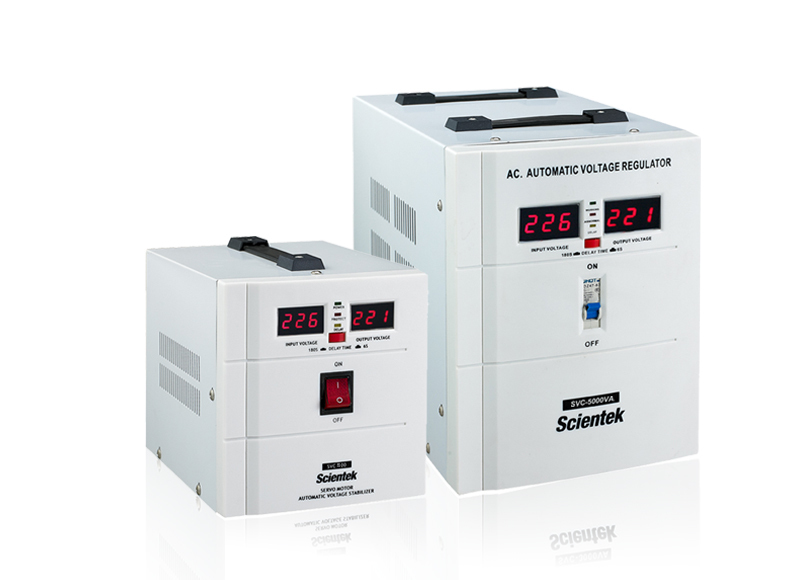Fully automatic compensating voltage stabilizer is a kind of compensation function of voltage stabilizer. It is a voltage stabilizer. In the environment of insufficient voltage, the voltage compensation function is adopted to ensure that the voltage stabilizer load equipment can work normally.
Compensating voltage stabilizer means that when the environment voltage is insufficient to meet the minimum operating voltage requirements of the product, the compensating voltage stabilizer uses the voltage and current relationship to increase the insufficient voltage to the voltage required by the equipment to ensure stability. The equipment can work normally, and this type of regulator is stabilized as a compensating regulator.

The voltage compensation circuit is composed of a contact voltage regulator and a compensation transformer. The contact voltage regulator coil is connected to the output end of the voltage regulator, two brushes are connected to the primary coil of the compensation transformer, and the secondary coil of the compensation transformer is connected in series in the main circuit.
Compared with other types of regulators(industrial servo motor voltage regulator), the automatic compensation regulator has the advantages of large capacity, high efficiency, no waveform turbulence, stable voltage adjustment, a wide range of applications, can withstand instantaneous overload, and can work continuously for a long time, with overvoltage and Undervoltage Automatic protection device for voltage and overcurrent. And features such as small size, lightweight, convenient use, reliable operation, and easy maintenance.
The fully-automatic compensating voltage stabilizer can adjust the voltage of the equipment when the device is not working properly. When the voltage is insufficient, it will compensate (boost the low-power husband and reduce the high voltage) without manual intervention. And adjust the voltage-time and space to stabilize the work.
The automatic compensation regulator can be widely used in large-scale electromechanical equipment, metal processing equipment, production lines, construction engineering equipment, elevators, medical equipment, computer rooms, computers in the fields of industry, agriculture, power supply, military, post and telecommunications, scientific research, culture, etc. Control equipment, embroidery and textile equipment, air conditioners, radio and television, hotels and household appliances, lighting, and other places that need to be stabilized.